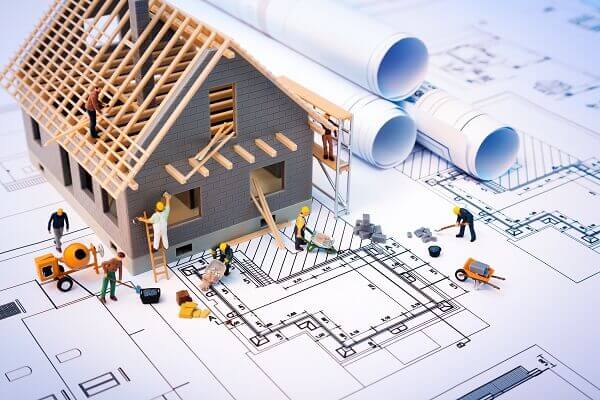Construction projects, particularly commercial construction projects, can involve a dizzying array of companies and parties. From start to finish, construction work may involve architects, general contractors, independent contractors, subcontractors, and even sub-subcontractors.
When something goes wrong, keeping track of who is responsible for what liabilities, and what damages is made all the more complex by this wide range of players. It can spell problems for plaintiffs and defendants who are trying to protect their litigation interests. Before getting involved in a lawsuit, or immediately upon receiving service of a complaint, it can be important to understand the many players involved and the responsibilities they have.
The Who’s Who Of A Construction Project in Rancho Cucamonga
Claims involving construction defects and breach of contract can involve many different parties, including:
The property owner
Subcontractor
General contractors
Architects
Engineers
Depending on the circumstances, any one of these categories of individuals can be responsible, or even multiple parties at once. For example, if a staircase in a building is built incorrectly, the architect or engineer who designed the staircase may be liable. But if the staircase was designed correctly, but there were faults in its construction, a subcontractor or general contractor may be responsible.
Subcontractors are generally hired to do specific types of work, such as installing floors or laying bricks. When their specific project is done incorrectly, they will be responsible for the work they performed. However, the general contractor can also be held responsible, as they typically have the contract with the owner and hired the subcontractor themselves.
Property owners can also become liable in construction cases where safety issues arise. For example, perhaps the property owner failed to warn the general contractor of holes or other dangerous conditions on the property, or did not properly erect barriers in order to keep children away from construction zones.
Indemnification in Construction Cases
In addition to identifying individuals responsible for construction defects, potential plaintiffs and defendants in construction cases must also look to any applicable contracts that apply to the construction taking place.
In many construction contracts, there will be indemnity provisions for certain parties that protect them from liability. Indemnity means that another party has agreed to pay for the liability of another and defend them in litigation. For instance, an architect may have an agreement with a general contractor that if he is sued for work done on the general contractor’s project, the general contractor will indemnify him.
It is often quite common for subcontractors to agree to indemnify general contractors in lawsuits. As discussed above, general contractors can be sued for work that their subcontractor incorrectly performs. In order to minimize damages, many general contractors will require that the subcontractor indemnify them if such a circumstance arises.
This means that in order to properly bring, or defend, a construction lawsuit, it is imperative that you consider not only the actors actually involved, but also those entities that may have agreed to indemnify them.
California Attorneys Navigating The Complexity of Construction Litigation On Your Behalf
Whether you are a homeowner who has just discovered a construction defect in your home, or a small business that has recently been sued for construction issues that are not your fault – one of the most important first steps you can take is to understand all the potential parties in your case.
At CKB Vienna LLP, our attorneys will quickly get up to speed on the construction defects and party issues in your case. We can decipher the various contracts, with the aim of ensuring that the correct parties are held responsible. For more information, contact us online or at 909-980-1040.

